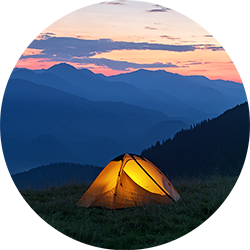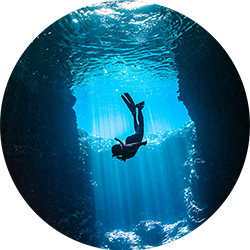Seville Tourist Attractions
Plaza de España, Royal Alcazar of Seville, Catedral de Sevilla, Torre del Oro, La Giralda, Seville Museum of Fine Arts, Guadalpark, Casa de Pilatos, Isla Mágica, Siam Park, Seville Aquarium, Palacio de Las Duenas. Plaza de toros de la Real Maestranza de Caballería de Sevilla and more.
On a trip to Seville, this place does the magic on every traveller right from stepping onto the beautiful palm promenades and cobblestone paths. What truly brings this city alive are horse-drawn carriages, ancient street lamps and rich architectural beauty, which promises a magical ambience. The city boasts a wide variety of places to explore, which enhances the charm of this place. In addition to several places to visit in Seville, the cathedral of Seville is believed to be Christendom’s largest Gothic church which grabs the attention of most tourists.
From Real Alcázar to Palacio de la Condesa de Lebrija, there’s no such thing as boredom when visiting Seville. The quintessential charm of this place is found near the winding alleyways, sunset points and quiet courtyards which are some popular Seville attractions. This picturesque town also organises several music and dance festivals and other celebrations which are famous Seville tourist attractions. If you want to fill your travel quest by visiting a colourful spot that promises a lifetime experience, visiting Seville will leave you awestruck.




